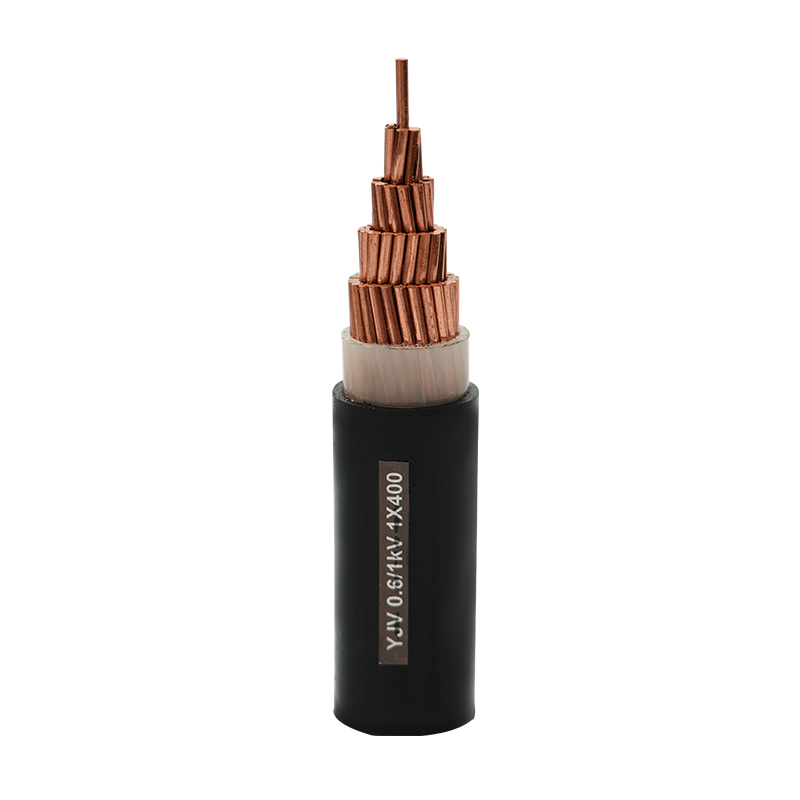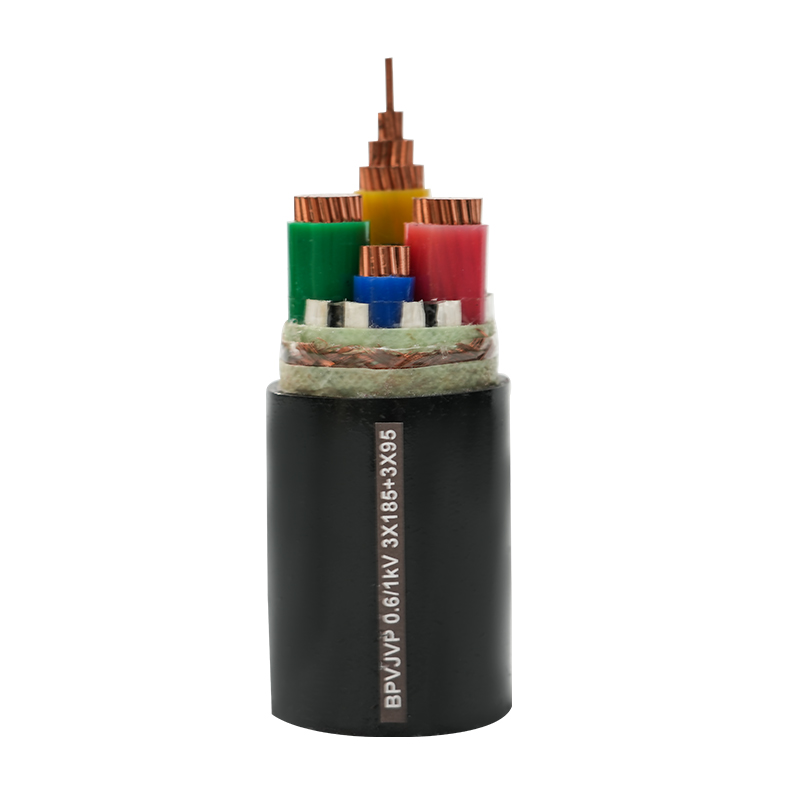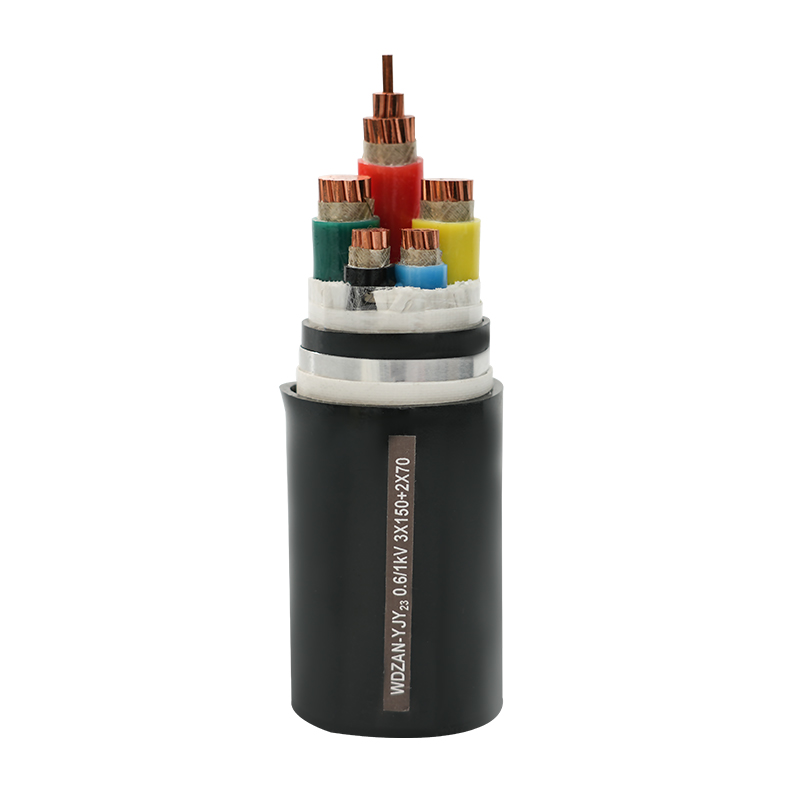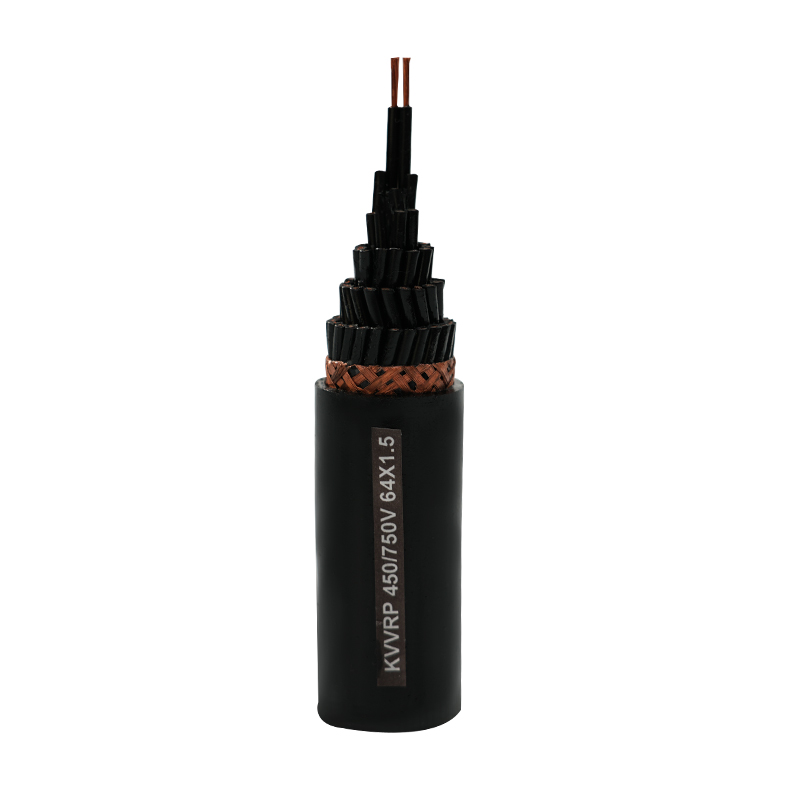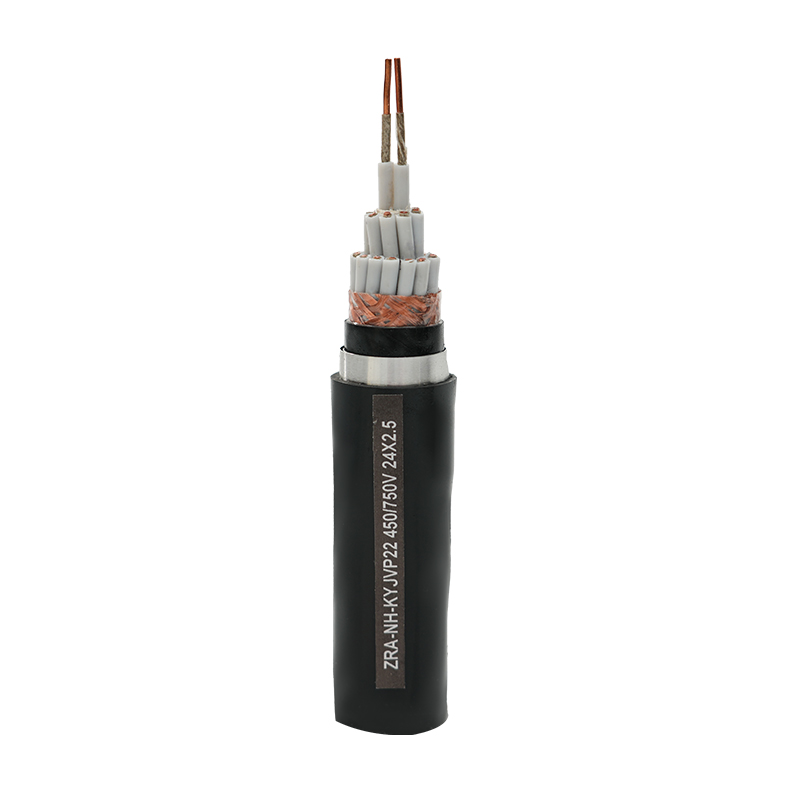Understanding the Core Requirements of ABS and BV Certification for Offshore Cables
Navigating the procurement of marine offshore cables necessitates a deep understanding of the certification requirements set forth by classification societies such as the American Bureau of Shipping (ABS) and Bureau Veritas (BV). These certifications are not merely administrative checkmarks; they represent a rigorous validation process ensuring that the cables can withstand the extreme and unforgiving conditions of the marine environment. An ABS or BV certified cable has been tested and proven to meet specific standards for electrical safety, mechanical robustness, fire resistance, and environmental durability. The core requirements typically encompass a detailed evaluation of voltage ratings, ensuring safe operation under the designated electrical loads, the composition and purity of conductor materials, which directly impact conductivity and corrosion resistance, and the operational temperature range, which is critical for both performance and safety in engine rooms and other high-heat areas. Furthermore, the cables must demonstrate exceptional mechanical durability, including resistance to impact, crushing, and vibration, as well as a high degree of immunity to moisture, salt spray, ozone, and chemicals commonly found offshore.
Evaluating High-Temperature and Fire Performance Standards for Marine Cables
The operational integrity of an offshore vessel or platform heavily relies on the fire performance of its electrical systems. Cables certified by ABS and BV are subjected to stringent fire tests that go beyond standard industrial requirements. The demanding nature of offshore applications, where ambient temperatures can be consistently high and escape routes are limited, makes high-temperature resistance a non-negotiable attribute. Cables are engineered to maintain circuit integrity and continue functioning for a specified period even when directly exposed to fire, which is vital for powering critical safety equipment like emergency lighting, alarm systems, and fire pumps. Equally important is the cable's behavior in a fire scenario regarding its smoke emission and halogen content. The industry standard mandates low smoke and zero halogen (LSZH) properties, ensuring that in the event of a fire, the cable insulation does not release dense, toxic smoke or corrosive halogen gases, thereby preserving visibility for evacuation and preventing secondary damage to sensitive electronic equipment.
Strategies for Identifying Reliable Suppliers of Certified Marine Cables
Sourcing from a reputable supplier is as crucial as selecting the correctly certified cable itself. A reliable supplier acts as a technical partner, offering more than just a product from a catalog. The evaluation process should begin with a thorough audit of the supplier’s certifications, not only for their products but also for their quality management systems, such as ISO 9001. A proven track record of supplying major shipyards or offshore projects is a strong indicator of capability and reliability. Beyond paperwork, assessing their technical support and engineering expertise is essential. Can they provide detailed technical data sheets, type approval certificates, and guidance on installation best practices? The robustness of their quality assurance processes, from raw material sourcing to final production and testing, must be transparent. Finally, consider their supply chain stability and ability to provide consistent quality across large orders and meet demanding project timelines, ensuring that your offshore project proceeds without costly delays or quality inconsistencies.
Distinguishing Between ABS and BV Certification for Marine Electrical Cables
While both ABS and BV are leading classification societies with globally recognized standards, understanding their nuanced differences can inform a more strategic procurement decision. The fundamental goal of both is to ensure safety and reliability, but the path to compliance and the specific testing protocols can vary. Some of these differences may lie in the specifics of flame propagation tests, the required duration for circuit integrity under fire conditions, or the methodologies for testing mechanical strength and chemical resistance. The choice between them, or the pursuit of dual certification, is often influenced by the vessel's flag state, the owner's preferences, and the intended operational routes. Certain geographical regions or specific types of offshore assets, such as FPSOs (Floating Production Storage and Offloading units) or drill ships, might have a historical preference for one standard over the other. For global operators, obtaining cables with dual ABS and BV certification provides the utmost flexibility and demonstrates a commitment to the highest possible safety benchmark, simplifying port state control inspections and enhancing asset value.
Key Factors in Procuring High-Temperature Resistant Cables for Offshore Applications
When the specific requirement is for high-temperature resistant cables, the procurement criteria must extend beyond the basic certification. The first step is to accurately define the application's operational profile, including the continuous and peak temperature exposures, potential for oil or chemical contact, and the mechanical stresses involved. Certification provides a baseline, but the underlying materials and manufacturing Craftsmanship determine long-term performance. Inquire about the specific polymer compounds used for insulation and sheathing, such as cross-linked polyethylene (XLPE) or ethylene propylene rubber (EPR), and their proven performance history in similar high-stress environments. It is also prudent to balance the initial purchase price with the total cost of ownership. A slightly more expensive cable with superior materials and construction may offer significantly longer service life, reduced downtime, and lower risk of failure, ultimately providing greater value and enhanced operational safety over the lifespan of the offshore asset.

 English
English 中文简体
中文简体 русский
русский عربى
عربى